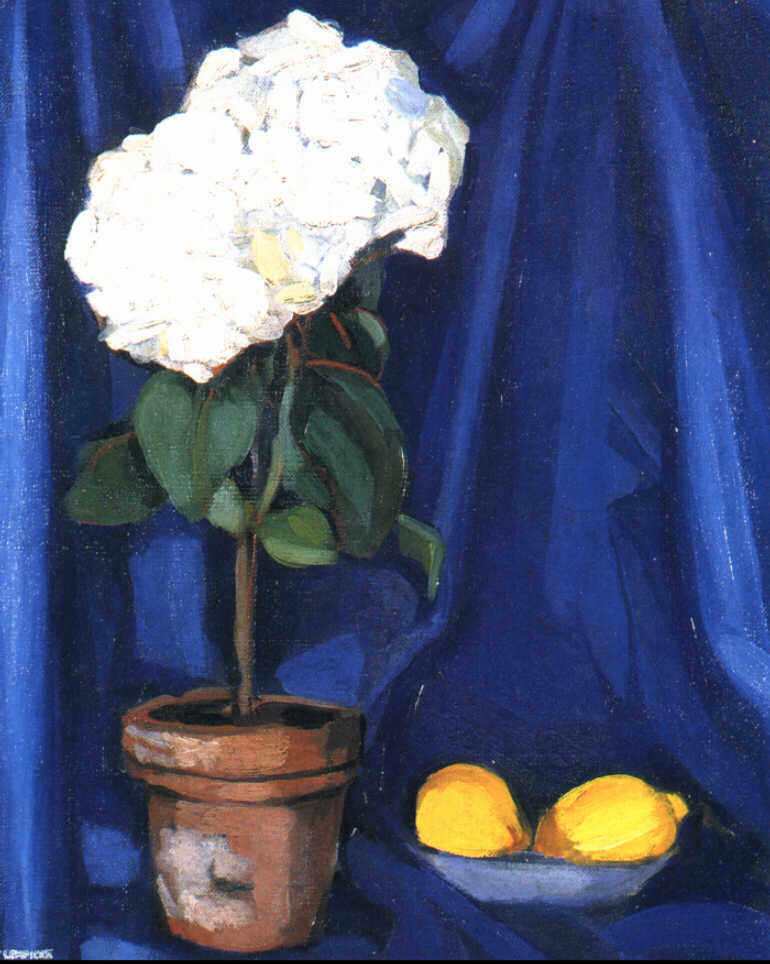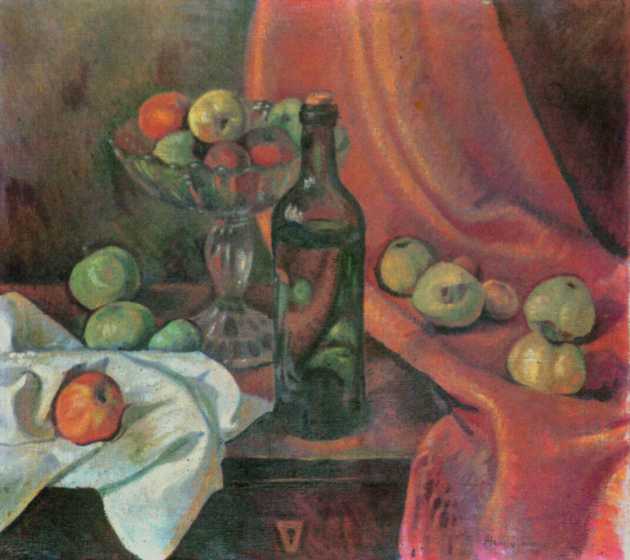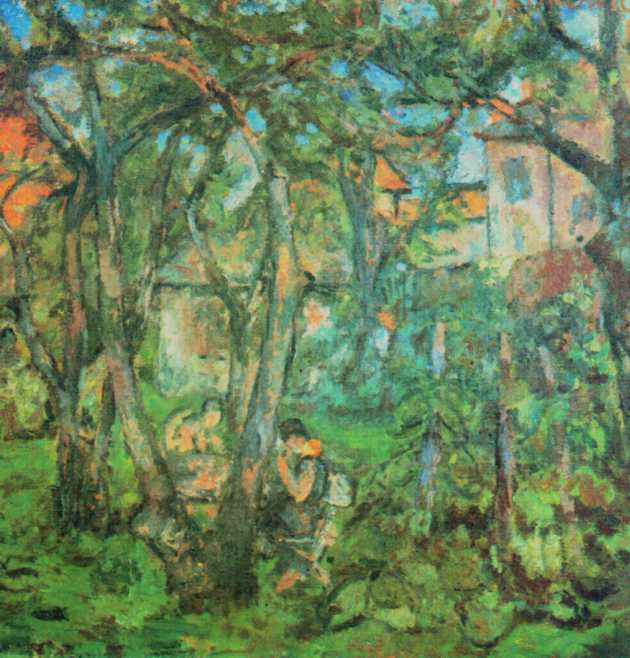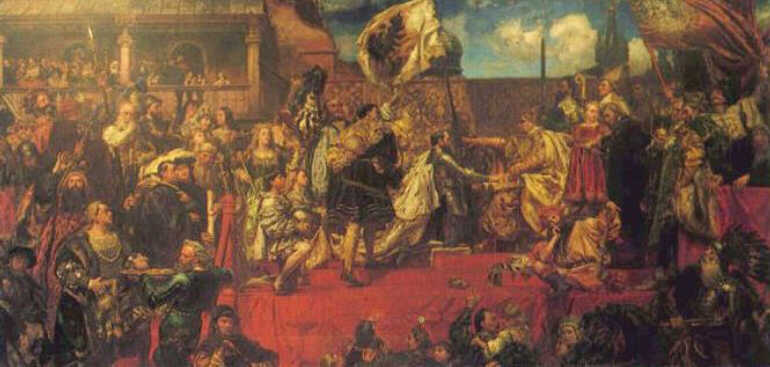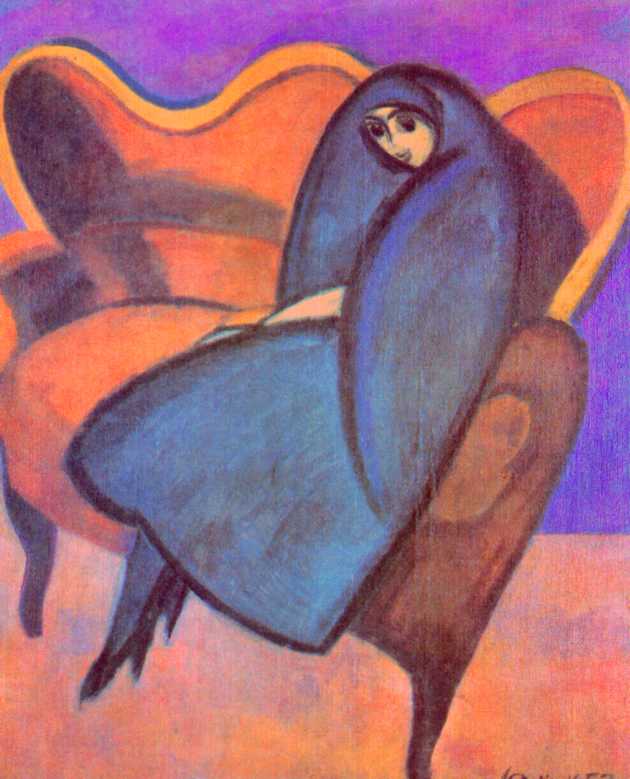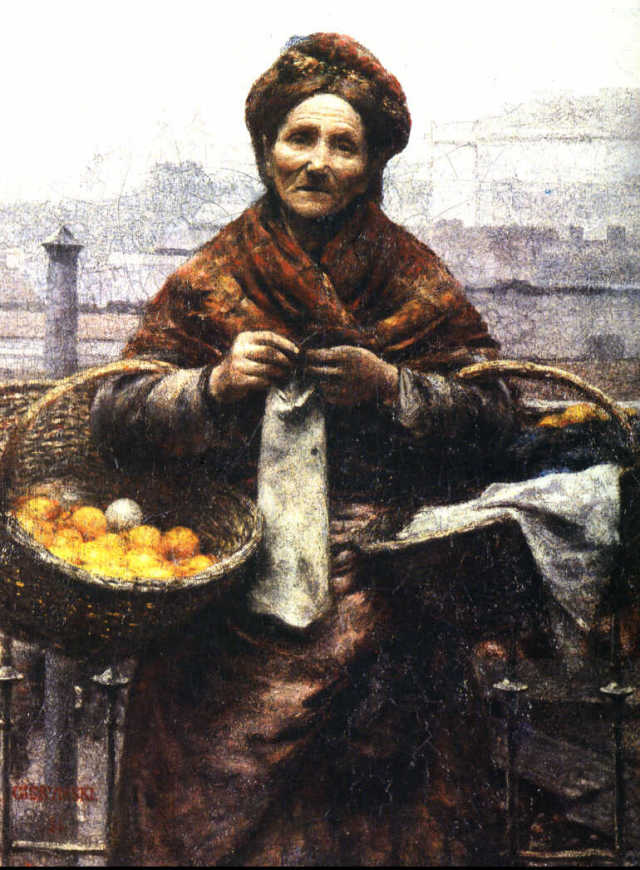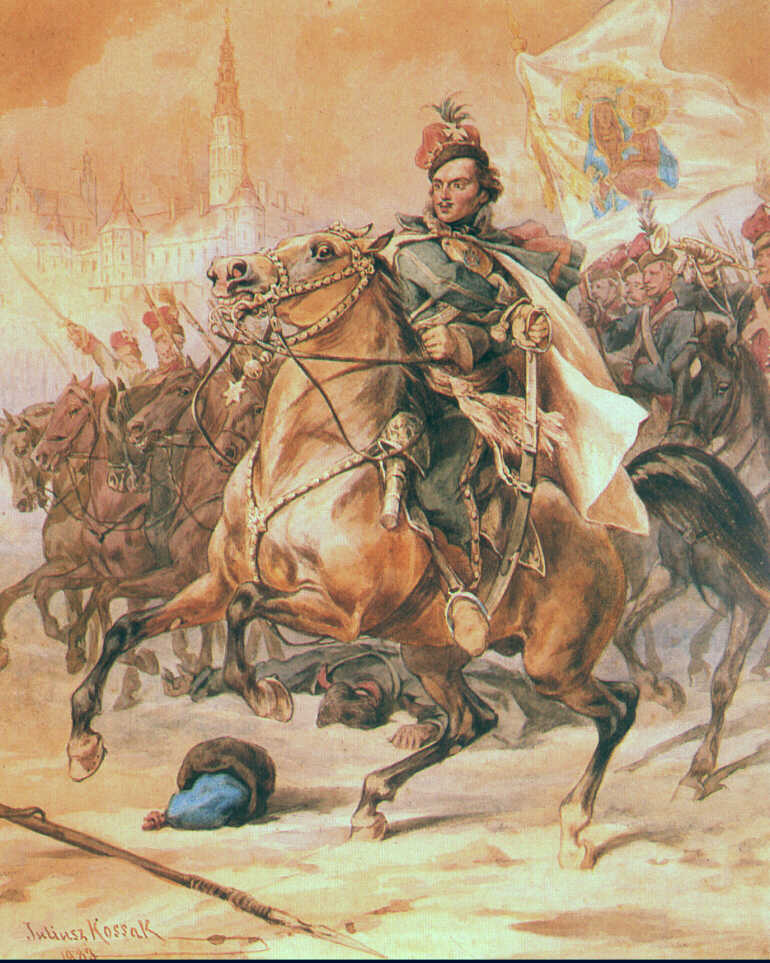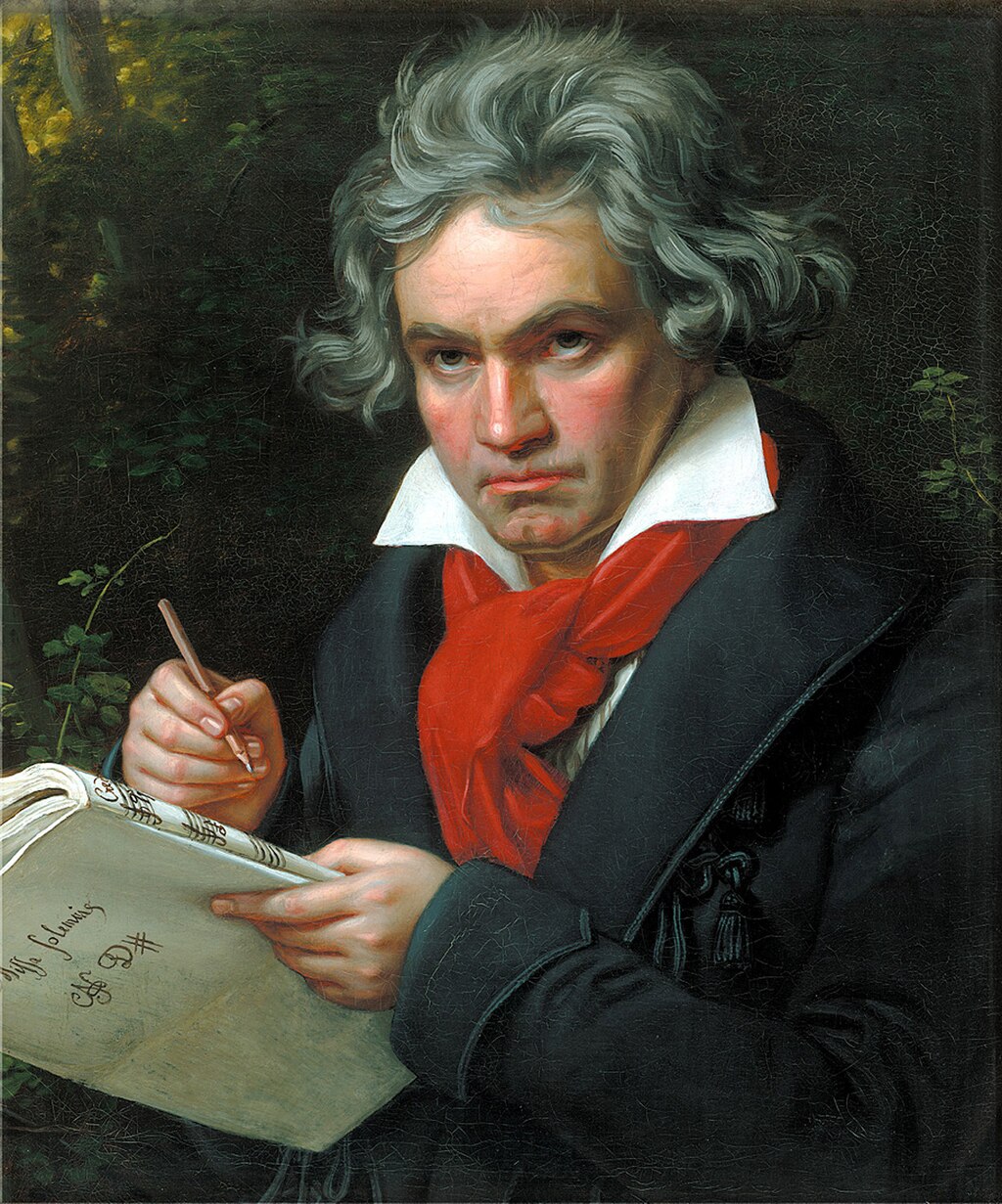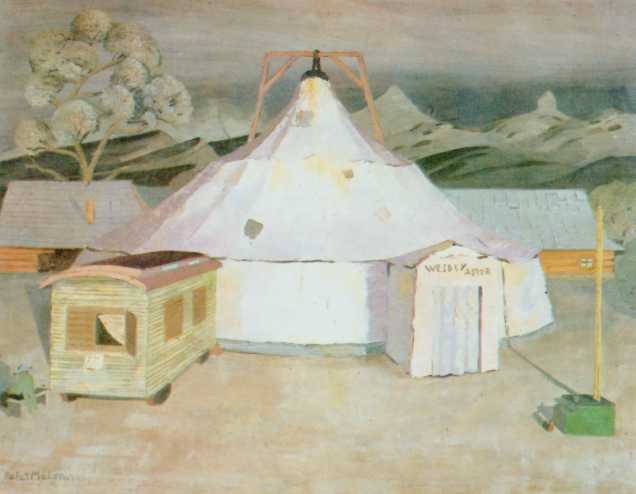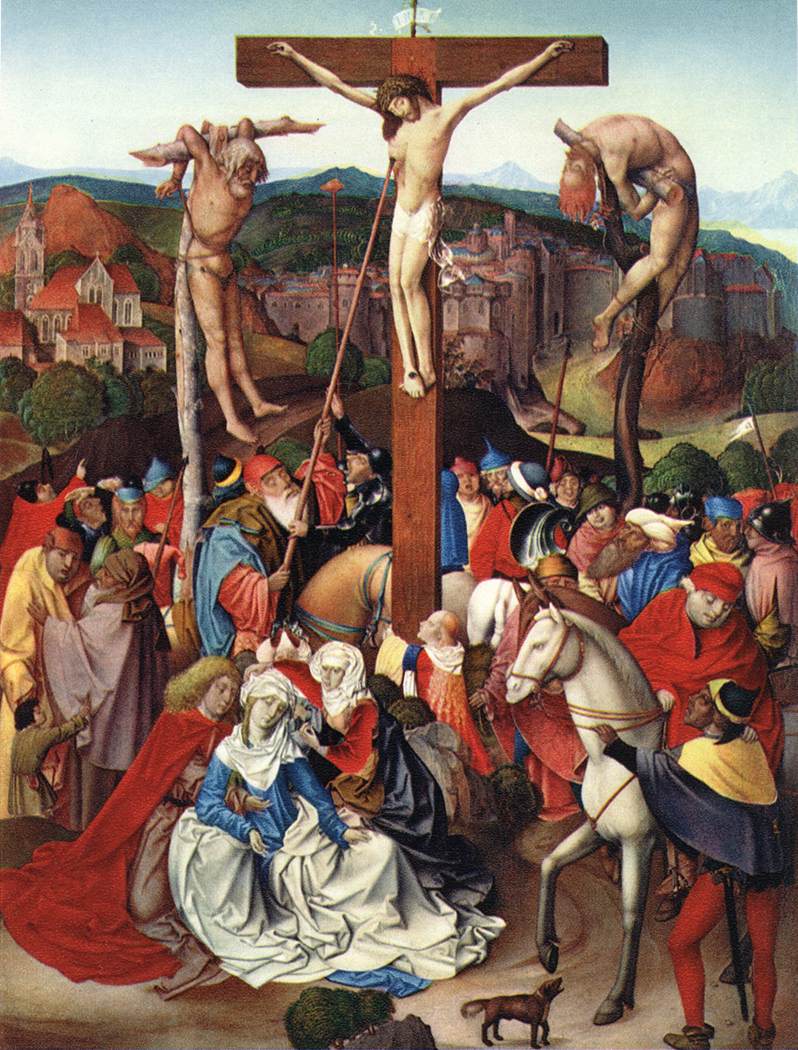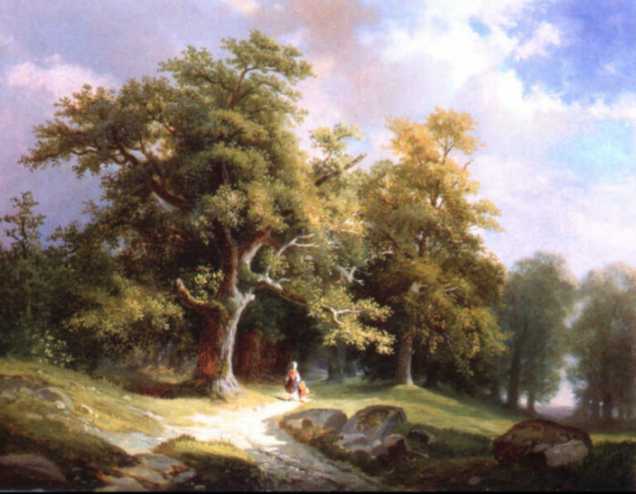 PAUL CÉZANNE (1859—1906)
PAUL CÉZANNE (1859—1906)
Born in Aix-en-Provence. In the youthful period of creativity (up to a year 1872) remains mainly under the spell of Delacroix and Courbet. At that time, he created mainly portraits and figural compositions on romantic-erotic themes., painted with thick impasses, violent brush strokes in a generally dark color range.
The years 1872—1882 were the impressionist period of his work. The biggest role in Cézannea's acquisition of the pallet, textures and impressionist themes played the influence of Pissarr. However, already at the end of the seventies, Cézanne begins to create her own style, going beyond the framework of impressionist painting..
The years 1882-1895 are called the construction period of his works. The artist's effort is focused on organizing the surface of the canvas, on the construction of the picture. Sensory experience is controlled by the constant vigilant work of the intellect. One of the main aspirations of the artist is to convey the impressions of three-dimensionality of the object and spatial depth only with the help of appropriate color combinations, with complete omission of traditional chiaroscuro modeling. This is the period of lush flowering of Cézanne's work, achieving a perfect creative balance. During this period, the artist takes a decisive step towards the autonomy of the image., in the modern sense of the word.
1895—1906, also called synthetic period, characterizes the re-intrusion of expression elements, passion and lyricism in the balanced world of Cézannea's compositions. Intense color, in addition to the relations between things, begins to express the mood of the creator. At the same time, tidying up, simplifying and consciously building the surface of the canvas from the elements of the viewed nature proceeds further and the paintings of this period contain both elements of future fauvism, like cubism.
Cézanne spends most of his life in his native Provence. He most often stayed in Paris in the seventies, when he cooperates and maintains friendly relations with Pissarr, Monet and other impressionists. In years 1874 i 1877 takes part in the 1st and 2nd Impressionist Exhibitions. The group does not participate in the following exhibitions, and with some exceptions (1 painting for the Salon 1882, 1 na Decennial 1889, participation in the exhibition of group XX in Brussels) not exhibiting at all. In the 1980s and 1990s, he only left Provence for a short visit from his friends. One year only 1888 i 1898 he spends in Paris. As a result of this isolation of the artist, his painting remains almost completely unknown in Paris. The only place, where you can see some of his paintings, is. a small paint shop at ul. Clauzel so-called. Tanguy's father. The first great show of Cézanne's works was an exhibition of one hundred and fifty paintings by the artist., organized in r. 1895 by Ambroise Vollard in his gallery at ul. La Laffitte. This exhibition and others, which occurred in a short time, facilitated the discovery of Cézannea by the young generation of artists, as well as a closer interest in his work of several critics and some collectors. Especially after r. 1900 Cézanne begins to receive a series of signs of appreciation and admiration from young painters, poets and critics. W 1901 r. Maurice Denis exhibits a painting entitled. Hommage à Cézanne, on which Odilon Redon, Edouard Vuillard, K. X. Roussel, Vollard, Denis, Sérusier, Mellerio, Abel Ranson and Pierre Bonnard gather around Cézanne's still life. Except For Redon, whom they regard as their patron and master, the presented painters are young artists from the circle of symbolists and nabis. Some of Cézanne's young admirers, like Charles Camoin, Louis Aurenche, Claude Roger- -Marx or Emile Bernard, manages to get to know the artist personally and establish friendly relations with him. Bernard tries to continue discussions about art by letter, which he conducted during meetings with Cézann.
Therefore, in the letters to Emil Bernard are contained most of the artist's statements about painting known to us.. Outside of correspondence or conversation with Cézanne, opponent of theorizing, did not formulate his artistic views. These lists, from the last years of the artist's life, after his death, they played the role of a kind of artistic testament. The scant statements contained in them, repeatedly reprinted in whole or in part, however, they were interpreted in various ways. Depending on the kerunk invoking the example and the teachings of Cézanne, statements about ordering were put to the fore., simplifying and transforming nature in the artist's vision, conscious construction of the image (mainly cubists and related directions), or his emphasis on observing nature, on the role of a direct experience of nature by the artist.

